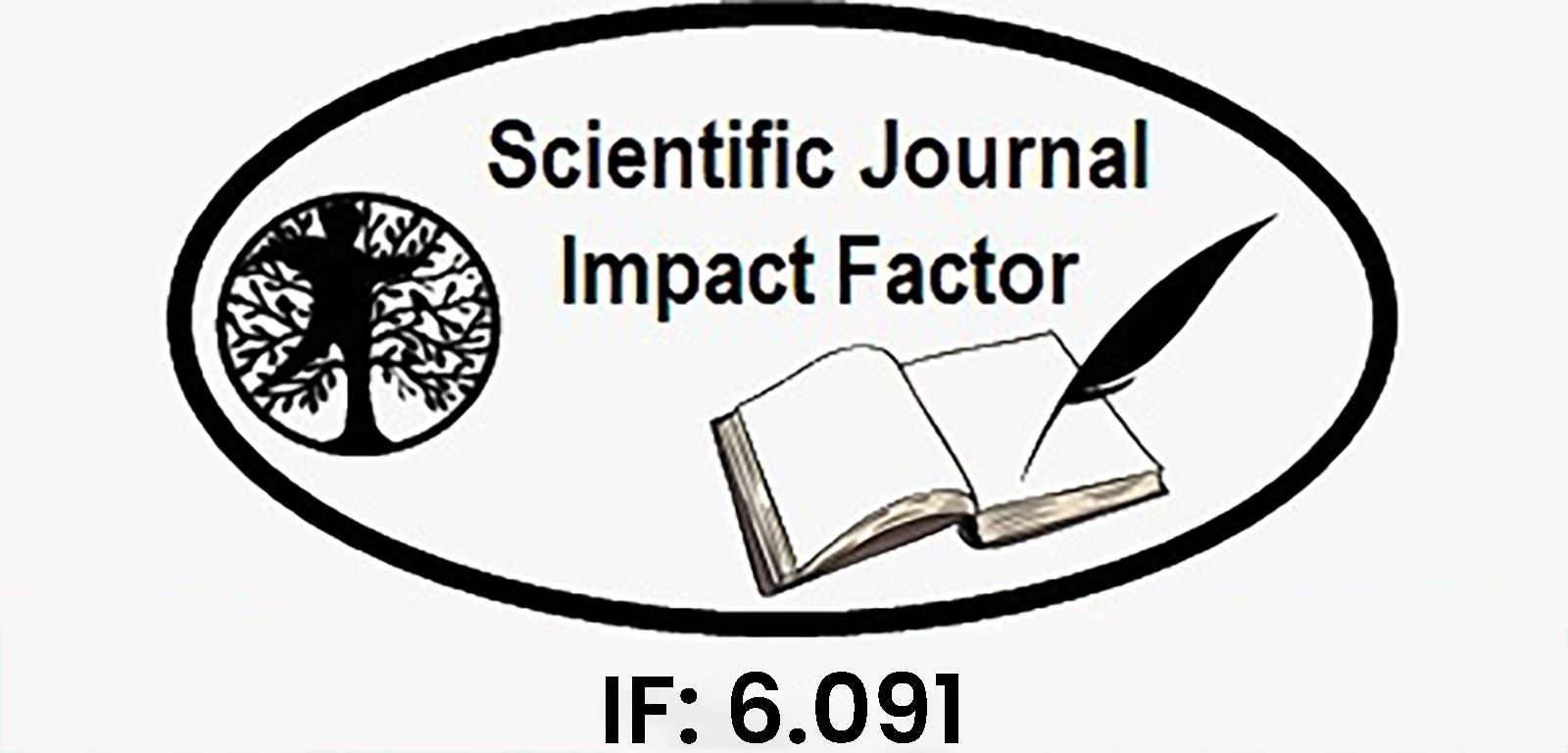AGRICULTURAL CROP RECOMMENDATIONS BASED ON PRODUCTIVITY AND SEASON
Keywords:
additional features, unnecessarily complicate, space complexity, Machine Learning, Agriculture, field of research, crop predictionAbstract
Agriculture is a growing field of research. In particular, crop prediction in agriculture is critical and is chiefly contingent upon soil and environment conditions, including rainfall, humidity, and temperature. In the past, farmers were able to decide on the crop to be cultivated, monitor its growth, and determine when it could be harvested. Today, however, rapid changes in environmental conditions have made it difcult for the farming community to continue to do so. Consequently, in recent yeas, machine learning techniques have taken over the task of prediction, and this work has used several of these to determine crop yield. To ensure that a given machine learning (ML) model works at a high level of precision, it is imperative to employ efficient feature selection methods to preprocess the raw data into an easily computable Machine Learning friendly dataset. To reduce redundancies and make the ML model more accurate, only data features that have a significant degree of relevance in determining the final output of the model must be employed. Thus, optimal feature selection arises to ensure that only the most relevant features are accepted as a part of the model. Conglomerating every single feature from raw data without checking for their role in the process of making the model will unnecessarily complicate our model. Furthermore, additional features which contribute little to the ML model will increase its time and space complexity and affect the accuracy of the model's output. The results depict that an ensemble technique offers better prediction accuracy than the existing classification technique.
Downloads
Downloads
Published
Issue
Section
License

This work is licensed under a Creative Commons Attribution-NonCommercial-NoDerivatives 4.0 International License.















